Hummingbirds are delicate and fascinating creatures that may occasionally get injured due to various reasons. If you come across an injured hummingbird, it’s important to provide immediate assistance to help it recover and potentially save its life. Here are some steps you can take to help an injured hummingbird:
1. Assess the Situation
Before taking any action, it’s essential to assess the situation and evaluate the condition of the injured hummingbird:
- Observe Closely: Approach the hummingbird slowly and observe its behavior. Look for signs of injury such as visible wounds, bleeding, or difficulty in flying.
- Check for Predators: Ensure that there are no immediate threats or predators in the vicinity that may harm the hummingbird further.
- Assess the Surroundings: Take note of the location of the injured bird. If it’s in a dangerous area, such as a busy road, consider safely moving it to a more secure location nearby.
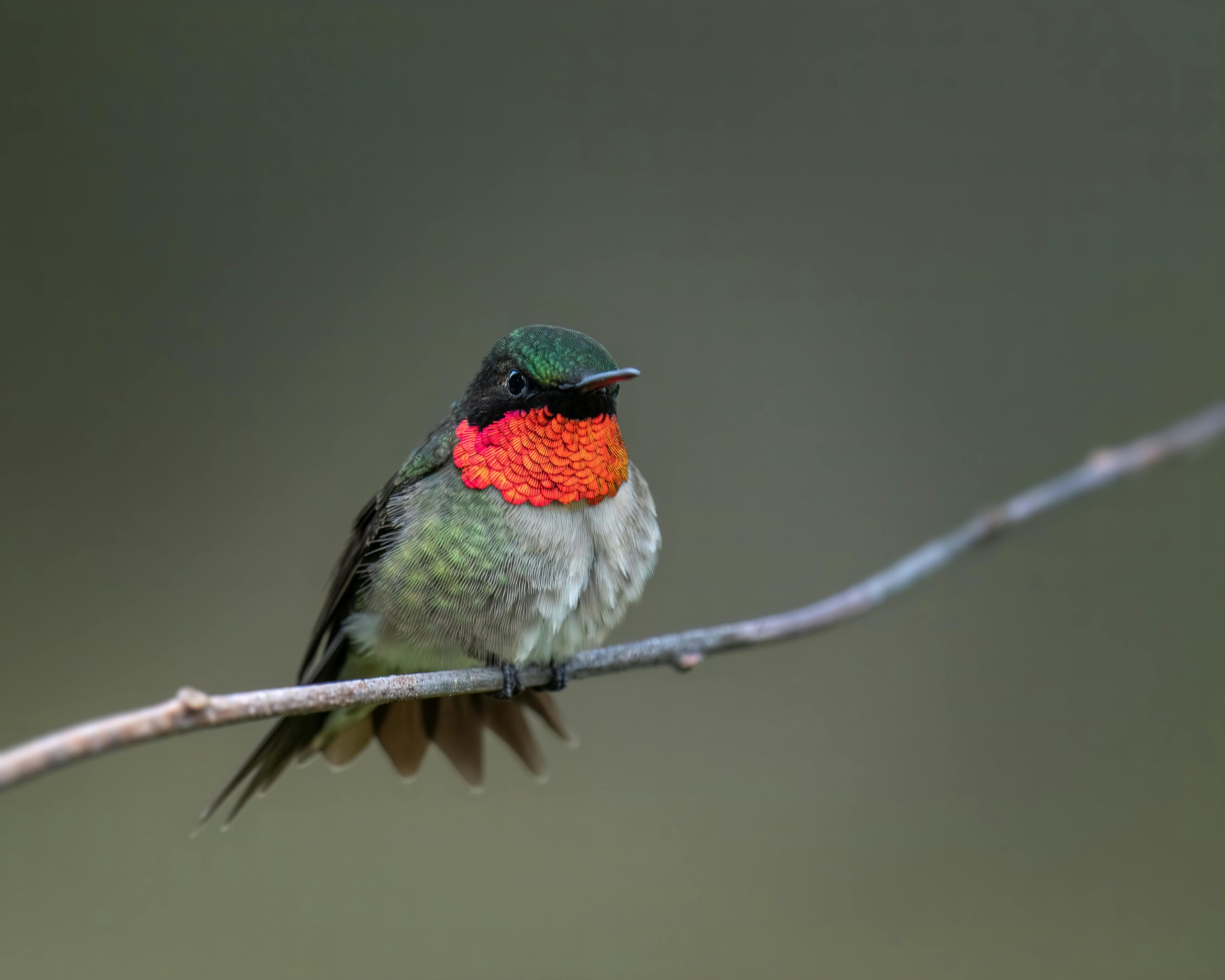
2. Protect Yourself and the Hummingbird
When handling an injured hummingbird, it’s important to take precautions to ensure your safety as well as the bird’s:
- Wear Gloves: Put on a pair of thin disposable gloves to protect yourself from any potential zoonotic diseases or to prevent the transfer of harmful substances from your hands to the bird.
- Handle Gently: Approach the hummingbird with care and handle it gently. Hummingbirds are delicate, and any rough handling can cause further harm.
- Use a Towel or Cloth: If possible, use a soft towel or cloth to gently pick up the injured hummingbird. This can provide a secure grip and prevent the bird from flapping its wings excessively.
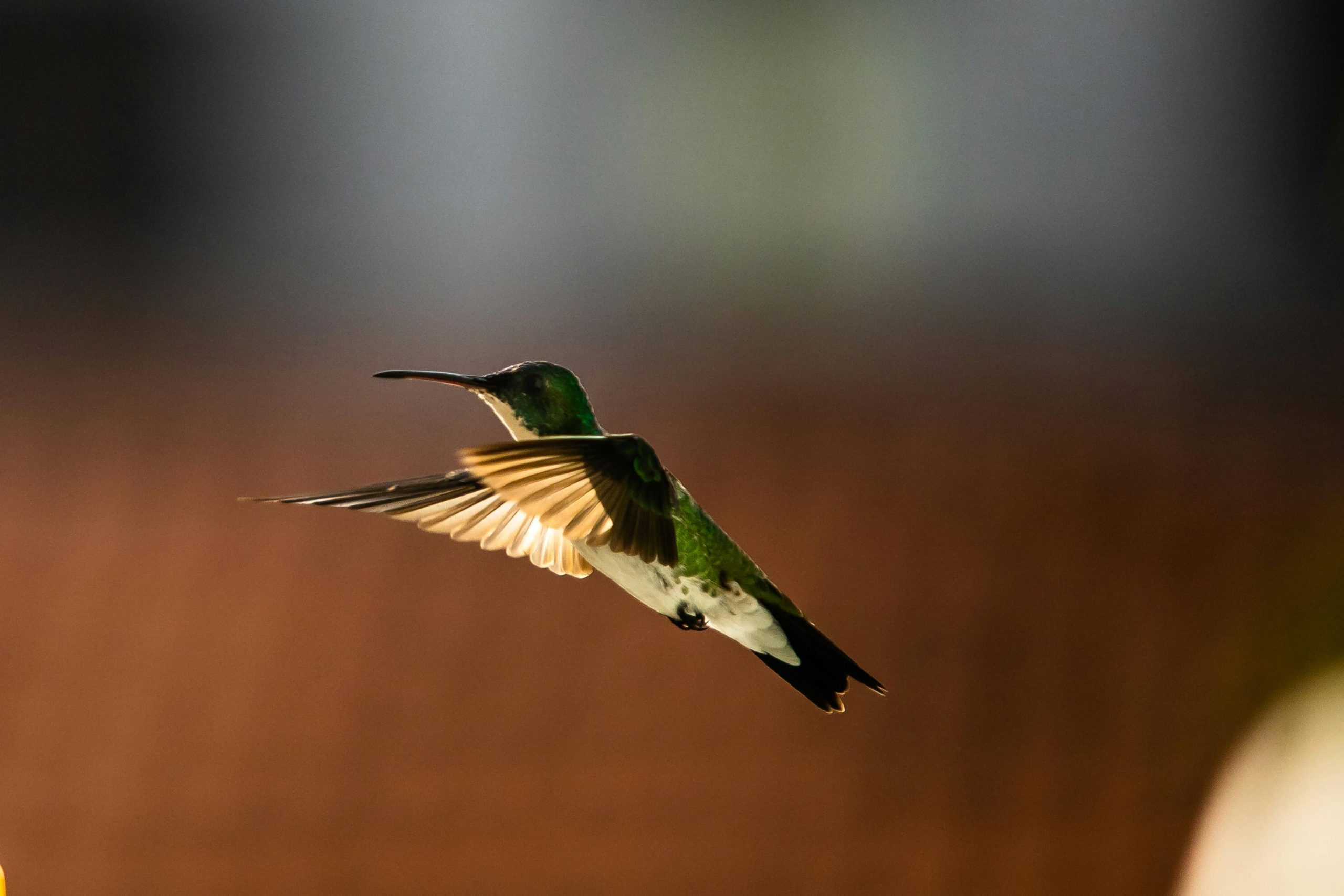
3. Provide Temporary Shelter
Creating a safe and comfortable environment is crucial for the well-being of an injured hummingbird:
- Prepare a Small Box: Get a small cardboard box with ventilation holes or use a pet carrier. Line the bottom with a soft cloth or tissue to provide a comfortable surface for the bird.
- Place the Hummingbird: Gently place the injured hummingbird in the box and ensure it has enough space to move around without further injuring itself.
- Keep the Box Warm: Hummingbirds need warmth to maintain their body temperature. Place a heating pad on the lowest setting or a warm water bottle wrapped in a cloth near the box to provide gentle warmth.
- Keep the Box Dark and Quiet: Minimize stress for the bird by placing the box in a quiet and dimly lit area. This can help reduce stimulation and promote relaxation.
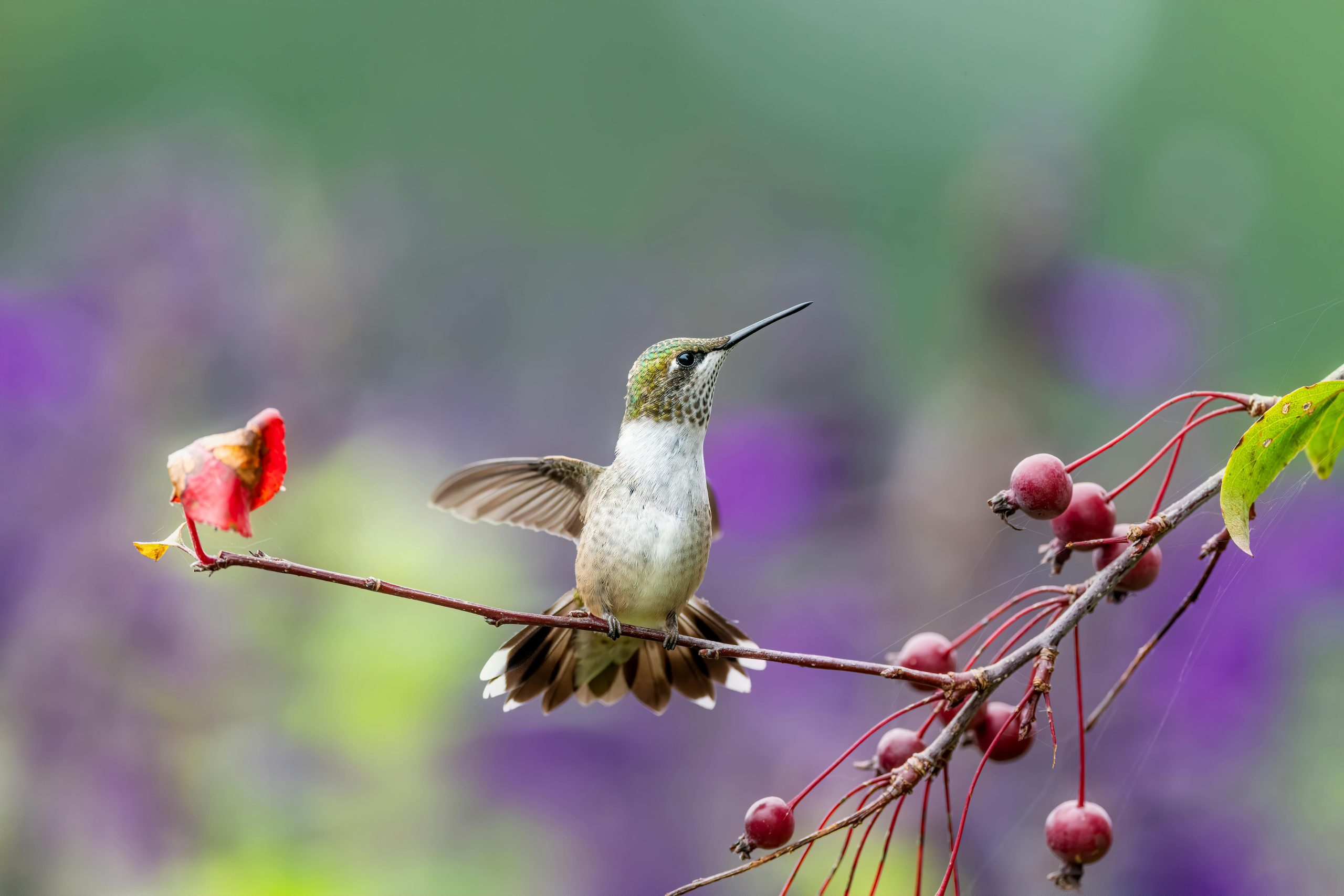
4. Contact a Wildlife Rehabilitation Center
Professional help from a wildlife rehabilitation center is crucial for the proper care and treatment of an injured hummingbird:
- Research Local Rehabilitation Centers: Look for wildlife rehabilitation centers or avian clinics in your area. Make note of their contact information and operating hours.
- Call for Assistance: Contact the nearest rehabilitation center and explain the situation. They will provide guidance on how to proceed and may ask you to bring the hummingbird in for further evaluation and treatment.
- Follow Their Instructions: Wildlife experts will provide specific instructions based on the condition of the hummingbird. Follow their advice carefully to ensure the best possible care for the bird.
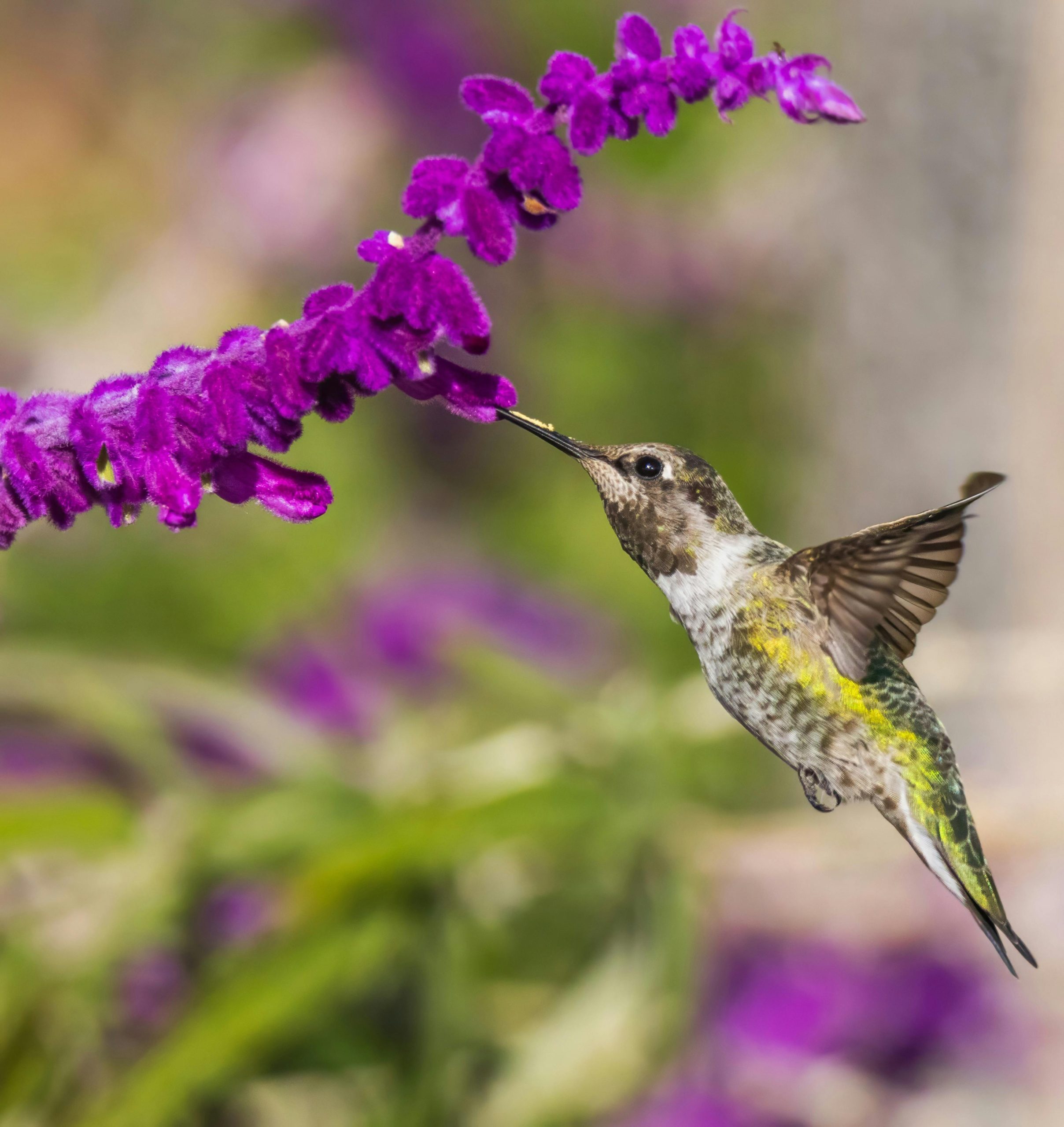
5. Provide Temporary Nourishment
If you are unable to immediately reach a rehabilitation center, you can provide temporary nourishment for the injured hummingbird:
- Prepare a Sugar Water Solution: Ina small container, mix one part white granulated sugar with four parts warm water. Stir until the sugar is completely dissolved.
- Use a Feeder: If you have a hummingbird feeder, fill it with the sugar water solution and hang it near the temporary shelter. Make sure the feeder has clean and fresh nectar.
- Offer the Solution: Using a small dropper or syringe without a needle, carefully offer a few drops of the sugar water solution to the hummingbird’s beak. Be cautious not to force-feed the bird.
- Monitor the Intake: Observe if the hummingbird is drinking the solution. If it shows interest and starts drinking on its own, you can continue offering small amounts at regular intervals.
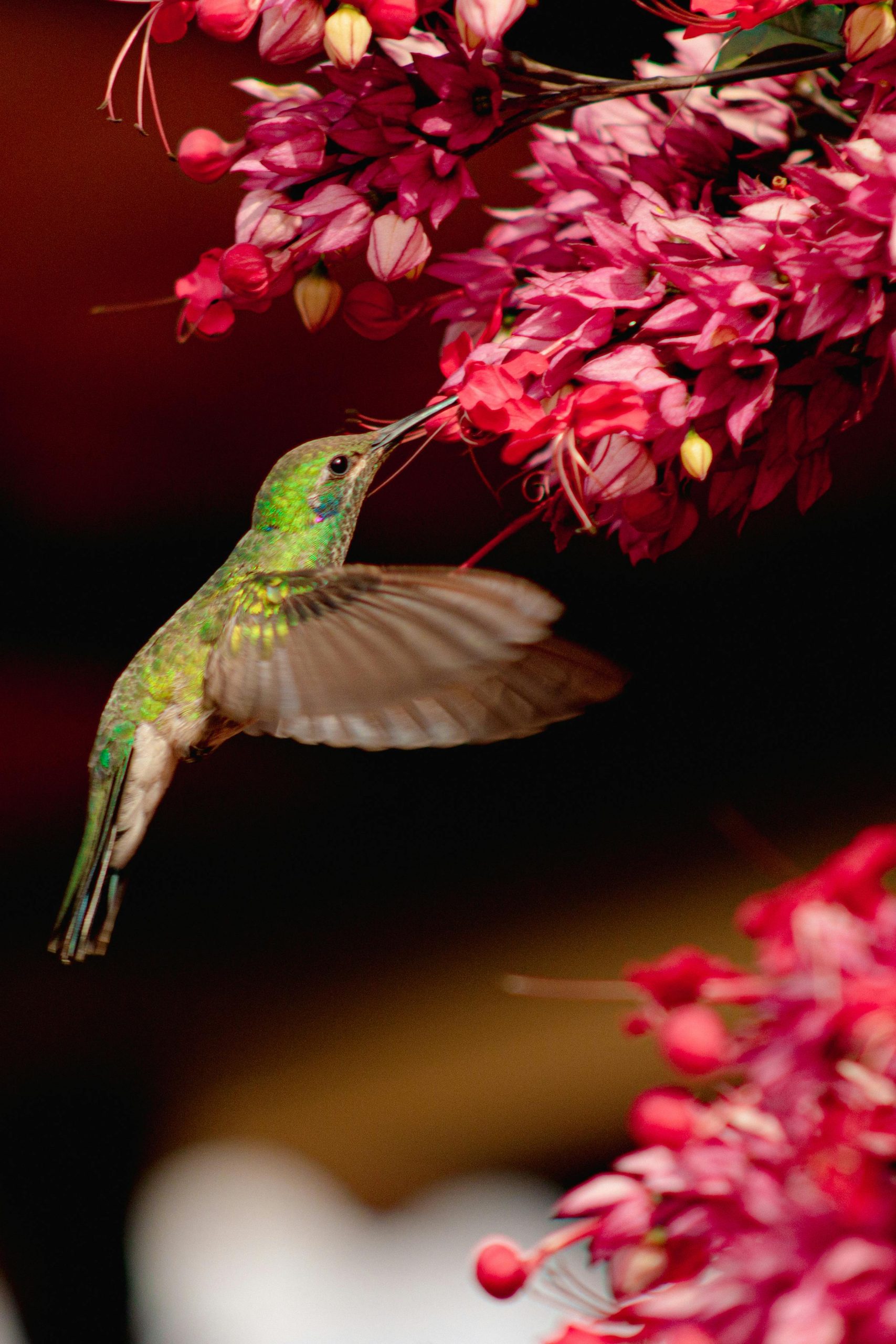
Remember, providing temporary nourishment is not a substitute for proper medical care. It’s essential to contact a wildlife rehabilitation center as soon as possible for professional assistance.
Conclusion
Encountering an injured hummingbird can be distressing, but by following these steps, you can provide immediate help and increase its chances of recovery. Remember to prioritize your safety and contact a wildlife rehabilitation center for proper care and treatment. Your efforts can make a significant difference in the well-being and survival of these remarkable creatures.




